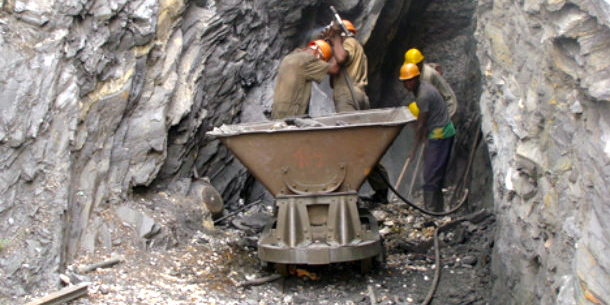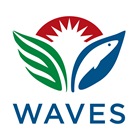
Stakeholders in Rwanda’s mining sector will soon be in a position to make more informed decisions about managing and extracting mineral resources, following work started in early 2016 to assess the institutional and information needs to develop mineral accounts.
This process will also include the development of a decision support tool to help in the rapid analysis of environmental and social impacts of mining projects. Agencies involved include the Rwanda Environmental Management Authority, Ministry of Finance, Ministry of Agriculture, and the Geology and Mining Department in the Ministry of Natural Resources.
Minerals are one of the country’s leading exports, but price fluctuations in the international commodities market have led to reduced revenues. In 2014, mineral exports were valued at over US$203 million, and in 2015, around 7,300 tons of mineral exports generated US$117.8 million, according to statistics from the National Bank of Rwanda released in January 2016. The country’s top mineral deposits include tin, tantalum and tungsten.
A 2014 World Bank publication on the contribution of mining to Rwanda's national development established that beyond export earnings, the sector also shows promise for creating non-farm jobs — an important pillar of the government’s second economic development and poverty reduction strategy.
The assessment will bring together the costs and benefits of the country’s mineral extraction industry and information on how mineral resources are contributing to the economy and the social and environmental costs of mining. This combination of data can inform future development decisions and provide a broader picture of development progress than the standard measure of GDP. The Rwanda Natural Resource Authority is carrying out the assessment as part of the country’s work on natural capital accounting with the World Bank-led Wealth Accounting and the Valuation of Ecosystem Services (WAVES) partnership.
Consultations with a wide range of stakeholders in the sector such as the Rwanda Environmental Management Authority, the national mining agency, and investors and miners, have revealed a high demand for a tool that can help estimate the magnitude of trade-offs between mineral extraction activities and alternative land use options such as agriculture and settlements.
Results would improve the decision-making processes and quality of decisions in the sector regarding whether or not to issue mining concessions and extract mineral deposits across the country, said officials from Rwanda's Geology and Mining Department.
According to officials from the Rwanda Natural Resource Authority, the opportunity costs of mining raise concerns about water quality, and other potential social and environmental effects.
Stakeholders have expressed full cooperation with the program and will provide data and analysis. The process will also allow officials working in the various agencies to learn from the team of consultants who have prior experience with similar tasks.
So far, there has been agreement on developing a specific case study for the Nyabarongo Catchment area in the southern province where different scenarios of pricing, technology, and restoration practices could be modeled for the entire sector. The tool could then be adjusted and adapted for use in other sites during a second phase.
